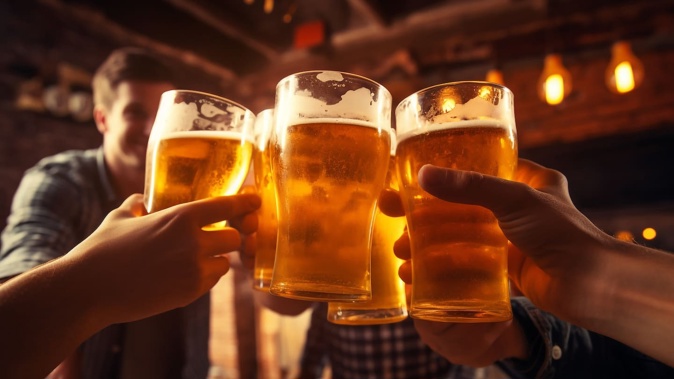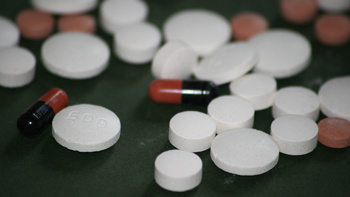
A first-of-its-kind study has revealed small-town New Zealanders are bigger boozers than city dwellers.
The just-published study used wastewater testing to measure alcohol use around the country, a technique that has previously yielded rich insights about Covid-19 and cocaine use.
The results suggested Kiwis over 15 drank an average 12.2ml of ethanol each day – around one standard drink – and about 5.5 litres per year.
Contrary to notion New Zealand is a nation of binge-drinkers, that rate was below the global average - and behind comparable countries like Canada (29.2ml per person, per day) and Australia (17.6ml).
Rather, Kiwis’ drinking rates compared most closely with Italy’s (12.6ml).
When the team looked at regional differences, they found South Island locations generally had a larger rate of per-person daily consumption.
Westport, Queenstown and Dunedin’s respective annual mean figures of 16.6ml, 15.7ml and 13.5ml compared with the 13.5ml and 14.7ml recorded in Palmerston North and Wairoa.
There was a much more noticeable contrast between small towns and big cities: South Auckland and West Auckland, for instance, had annual mean results of 8.2ml and 8.4ml.
South Auckland’s results, particularly, challenged what study author Miriama Wilson called an “unfair and prejudicial stereotype”.
“We hope that New Zealanders can overcome the stereotype that Māori and Pasifika are big drinkers.”
Elsewhere, the team found big drinking spikes coincided with sports matches and public holidays; the highest consumption recorded in Queenstown was on the day “The Stallions” male strip revue gave a one-night-only performance.
Study author Dr Lisa Pilkington of the University of Auckland said, “This method can give insights that wouldn’t otherwise be available. It’s also much cheaper than traditional data collection techniques, especially considering the breadth of data that is able to be measured.”
The sampling, carried out with ESR in 2021, covered four major Auckland catchment areas, along with Palmerston North, Wairoa, Westport, Christchurch, Dunedin and Queenstown – or roughly 40 per cent of the population.
Other countries including Australia nationally monitor alcohol levels in wastewater.
NZ Drug Foundation deputy executive director Ben Birks Ang said New Zealand had little information when it came to alcohol, “and extremely limited data on other drugs”.
Measuring harm caused by drinking is a further challenge.
“Consumption indicators may indicate a drop,” Alcohol Healthwatch’s Andrew Galloway said, “but it is the heavy drinking of the few that profit the industry along with the most harm to others - reinforcing the fact that alcohol remains New Zealand’s most harmful drug”.
Jamie Morton is a specialist in science and environmental reporting. He joined the Herald in 2011 and writes about everything from conservation and climate change to natural hazards and new technology.
Take your Radio, Podcasts and Music with you









